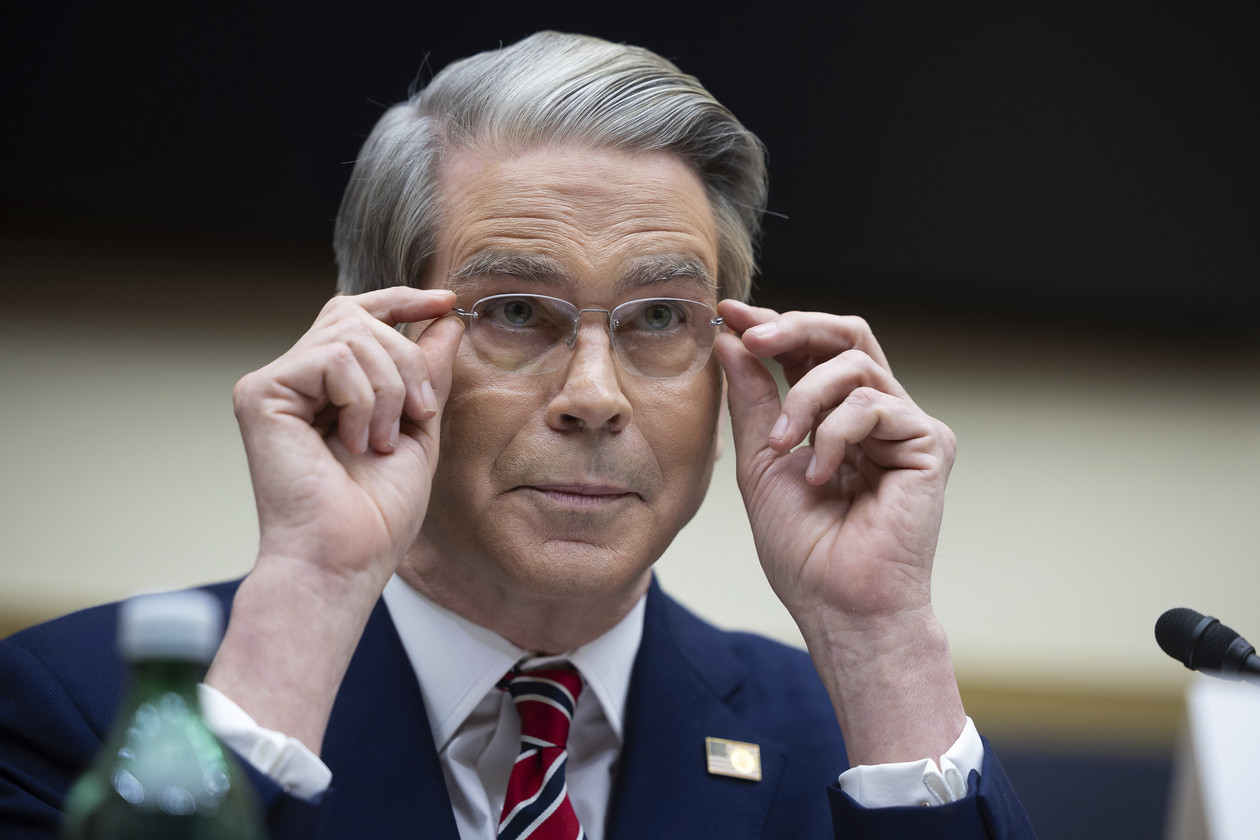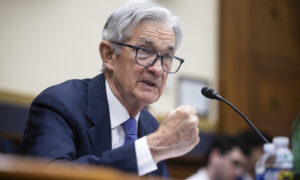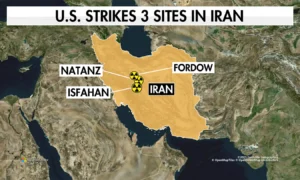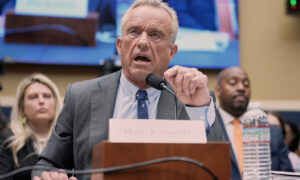According to Treasury Secretary Scott Bessent, there has been “substantial progress” in the trade conflict between the US and China.
Two days of discussions in Geneva, Switzerland, aimed at easing trade tensions, which have slowed business between the world’s two largest economies to a virtual stop. However, the Trump administration did not disclose any additional details on what the two nations had agreed upon. The future of bilateral commerce is uncertain, and the conclusion of the discussions is far from certain.
“We will be giving details tomorrow, but I can tell you that the talks were productive,” Bessent said in a statement provided to the press on Sunday afternoon.
Bessent was backed up by U.S. Trade Representative Jamieson Greer, who said in a statement that the meetings were “a very constructive two days.”
In addition, Greer emphasized that the United States is hopeful that the agreement reached with its Chinese allies would aid in addressing the national emergency.
Trump posted on Saturday on his social media site Truth Social that the talks had gone well after the first day, but he didn’t go into much detail. The meeting with China in Switzerland today was excellent. “A lot was agreed upon, and many things were discussed,” Trump tweeted.
During his initial months in office, Trump made it a priority to attempt to negotiate with Chinese President Xi Jinping. China has responded to U.S. tariffs by imposing additional duties, unlike other nations that have hastily sought discussions or made offers to lower their trade barriers. The result was a trade war that escalated to the point that the two countries could no longer afford to purchase goods from each other.
In response to Trump’s tariffs, Beijing has also tried to unite its Asian and European trading allies. The Chinese government-run media has chosen to ignore Trump and instead portray China as a staunch supporter of the World Trade Organization’s rules-based global economic order, while simultaneously painting the United States as an adversary to this order.
According to Emily Kilcrease, a former deputy assistant U.S. trade representative during the last years of Trump’s presidency and the first years of Joe Biden’s, “The fact that both sides are showing some willingness to have a bit of give and take to kind of get into conversation “is positive. “To make this politically viable on both sides, you’ll need to figure out how to package the inevitable reduction in tariff rates,” the speaker explained.
The trade battle between the United States and China encompasses more than simply tariffs. To make matters worse, both nations have tried to impose non-tariff obstacles on each other’s vital exports. The direct import of important U.S. goods, such as beef, poultry, and liquefied gas, has been severely limited or stopped by the Chinese government for the last four months due to a combination of bureaucratic roadblocks and complex third-party sales agreements. In retaliation, the United States has increased the prices that Chinese cargo ships must pay to dock at American ports.









